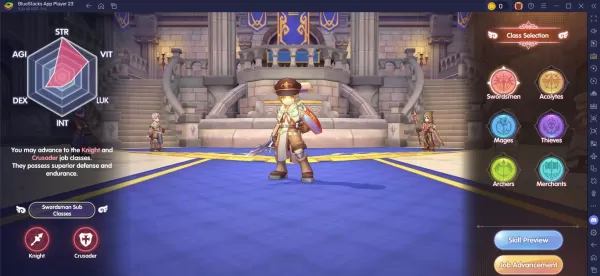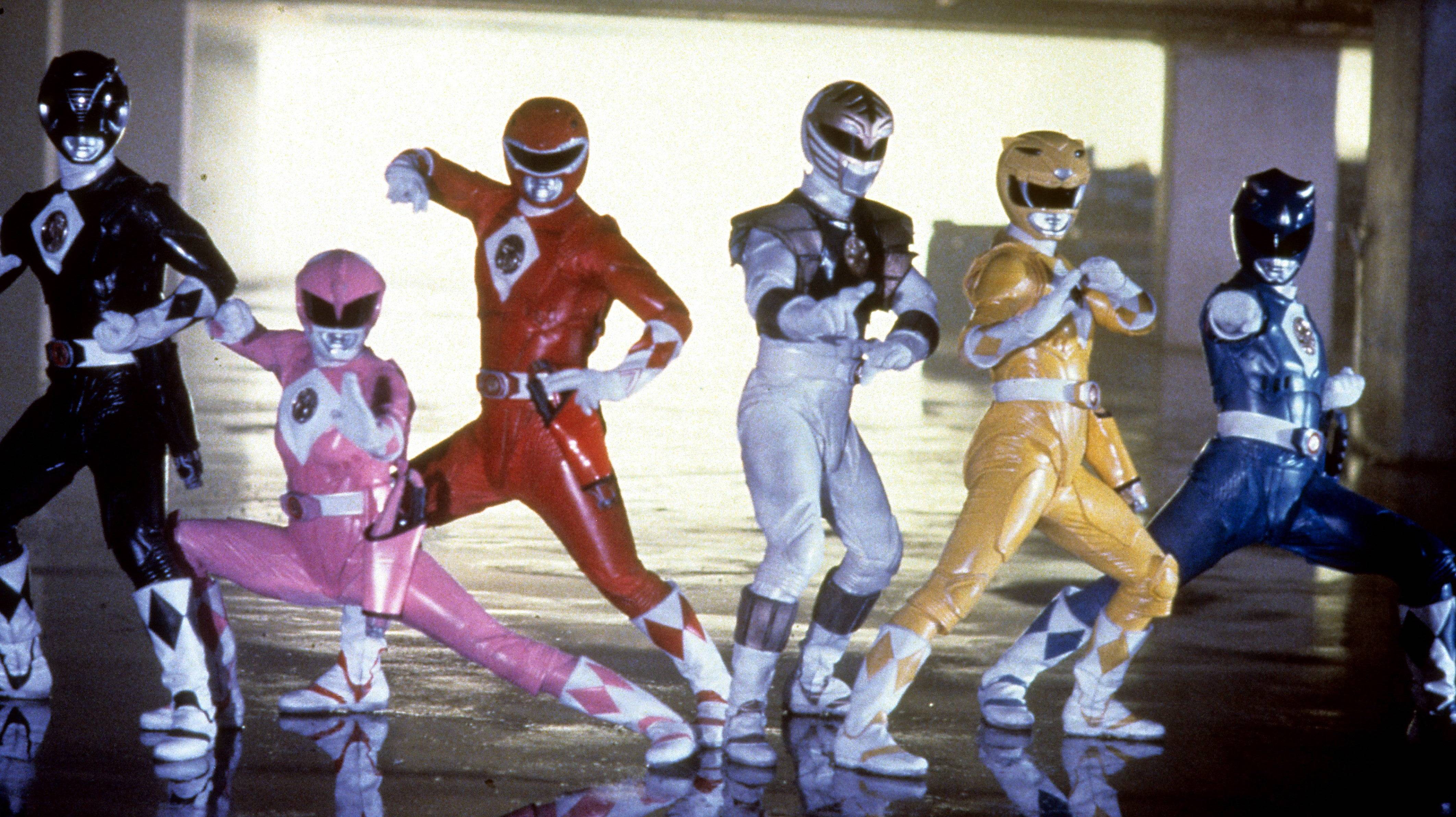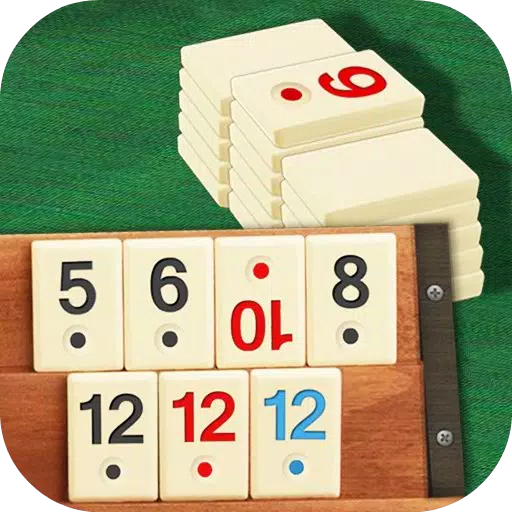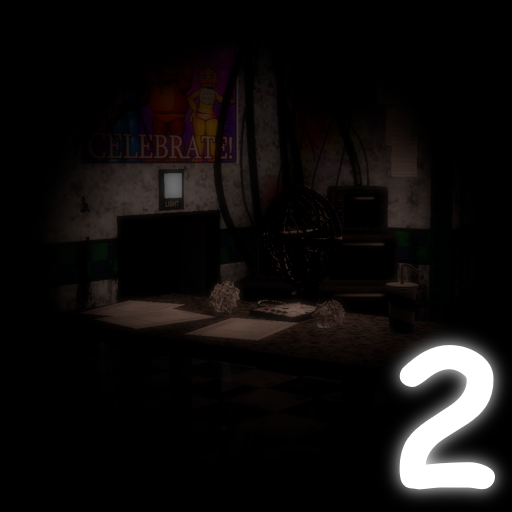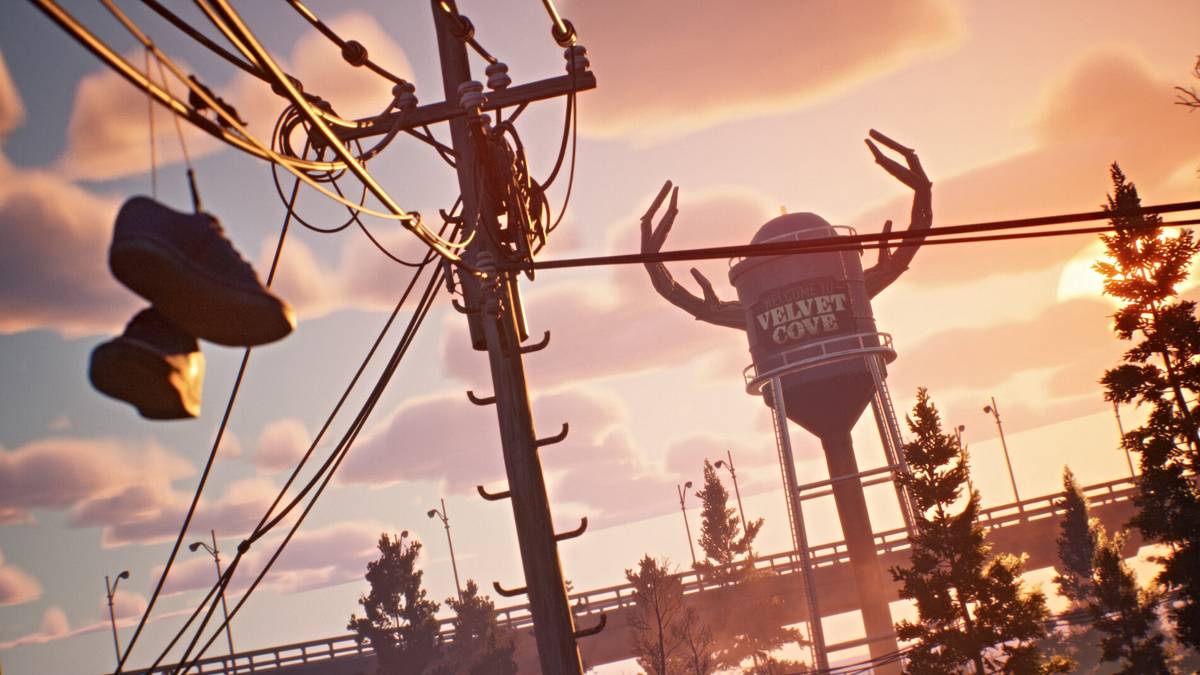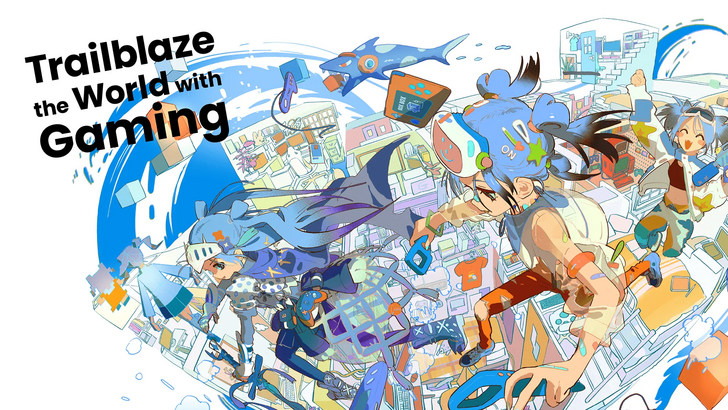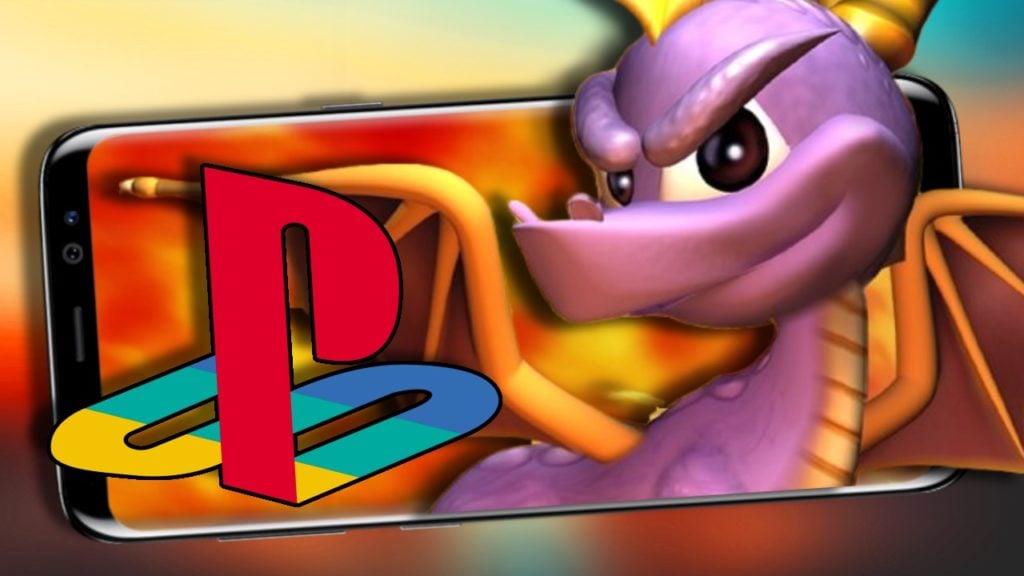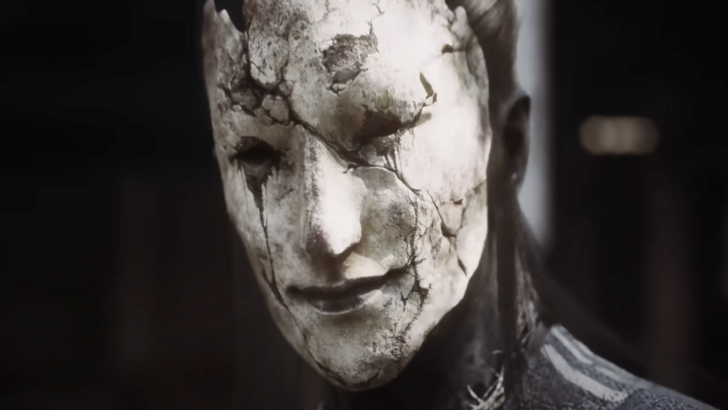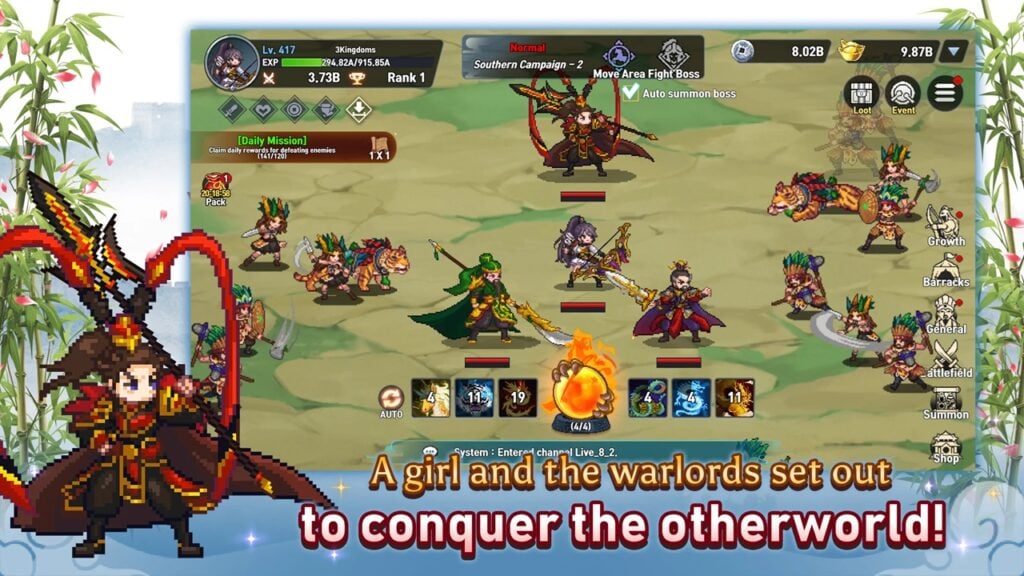The topic of turn-based games versus action-oriented systems has been a recurring theme in role-playing game (RPG) discussions, and the recent release of Clair Obscur: Expedition 33 has reignited this debate. Launched last week, Clair Obscur: Expedition 33 has been widely praised by IGN and other gaming outlets as an exceptional RPG. The game proudly showcases its inspirations, featuring a turn-based combat system, Pictos to equip and master, zoned-out "dungeons," and an overworld map.
In an interview with RPGsite, producer Francois Meurisse revealed that Clair Obscur was designed as a turn-based game from the outset, drawing inspiration from classics like Final Fantasy VIII, IX, and X. Additionally, the game incorporates elements from Sekiro: Shadows Die Twice and Mario & Luigi, blending quick-time events for attacks and parrying/dodging for defense. This hybrid approach results in a gameplay experience that feels both traditional and action-oriented, sparking significant interest and debate within the gaming community.
Social media has been abuzz with discussions about Clair Obscur's success, often used as a counterpoint to arguments against turn-based systems, particularly in relation to the Final Fantasy series. Naoki Yoshida, during the media tour for Final Fantasy XVI, discussed the shift towards more action-based mechanics in RPGs, citing a growing preference among younger audiences for real-time gameplay over command-based systems. This shift is evident in recent Final Fantasy titles like XV, XVI, and the VII remake series, which have embraced more action-driven gameplay.
However, the narrative around turn-based games is more nuanced. Square Enix has not abandoned turn-based RPGs entirely, as evidenced by successful releases like Octopath Traveler 2 and upcoming titles such as SaGa Emerald Beyond and the Bravely Default remaster for Switch 2. While Final Fantasy may have moved towards action-based gameplay, the genre of turn-based RPGs remains vibrant and diverse.
The question of whether Final Fantasy should adopt a system similar to Clair Obscur: Expedition 33 is met with a resounding "no" from many fans. Final Fantasy has its own unique aesthetic and iconography that cannot be simply replaced. While comparisons between Clair Obscur and Final Fantasy are inevitable, it's important to recognize the distinctiveness of each game. Reducing Clair Obscur to a mere imitation of Final Fantasy overlooks its innovative combat systems, compelling soundtrack, and thoughtful world-building.
Historical debates about RPGs, such as whether Lost Odyssey was the true successor to Final Fantasy or the merits of Final Fantasy VII versus VI, highlight the ongoing discourse within the community. These discussions often overlook sales figures, which were a significant factor in Yoshida's comments about Final Fantasy XVI. Despite his preference for command-based systems, Yoshida noted the need to meet sales expectations, which influenced the direction of Final Fantasy XVI.
Clair Obscur: Expedition 33 has achieved remarkable success, selling 1 million copies in just three days. This success is encouraging for Sandfall Interactive and Kepler, signaling a potential resurgence of mid-budget RPGs. However, whether this success will influence the broader RPG market, including giants like Final Fantasy, remains to be seen. Recent entries like Final Fantasy XVI and FF7 Rebirth have faced challenges in meeting profit expectations, reflecting broader shifts in the gaming industry.
The success of other turn-based RPGs like Baldur's Gate 3 and Metaphor: ReFantazio further demonstrates the viability of the genre. Ultimately, the key takeaway from Clair Obscur's success is the importance of authenticity and innovation. As Larian CEO Swen Vincke emphasized, creating a game that the team is passionate about can lead to significant success, regardless of prevailing trends or debates. This approach offers a constructive path forward for the RPG genre, focusing on creativity and genuine expression rather than rehashing old arguments.





